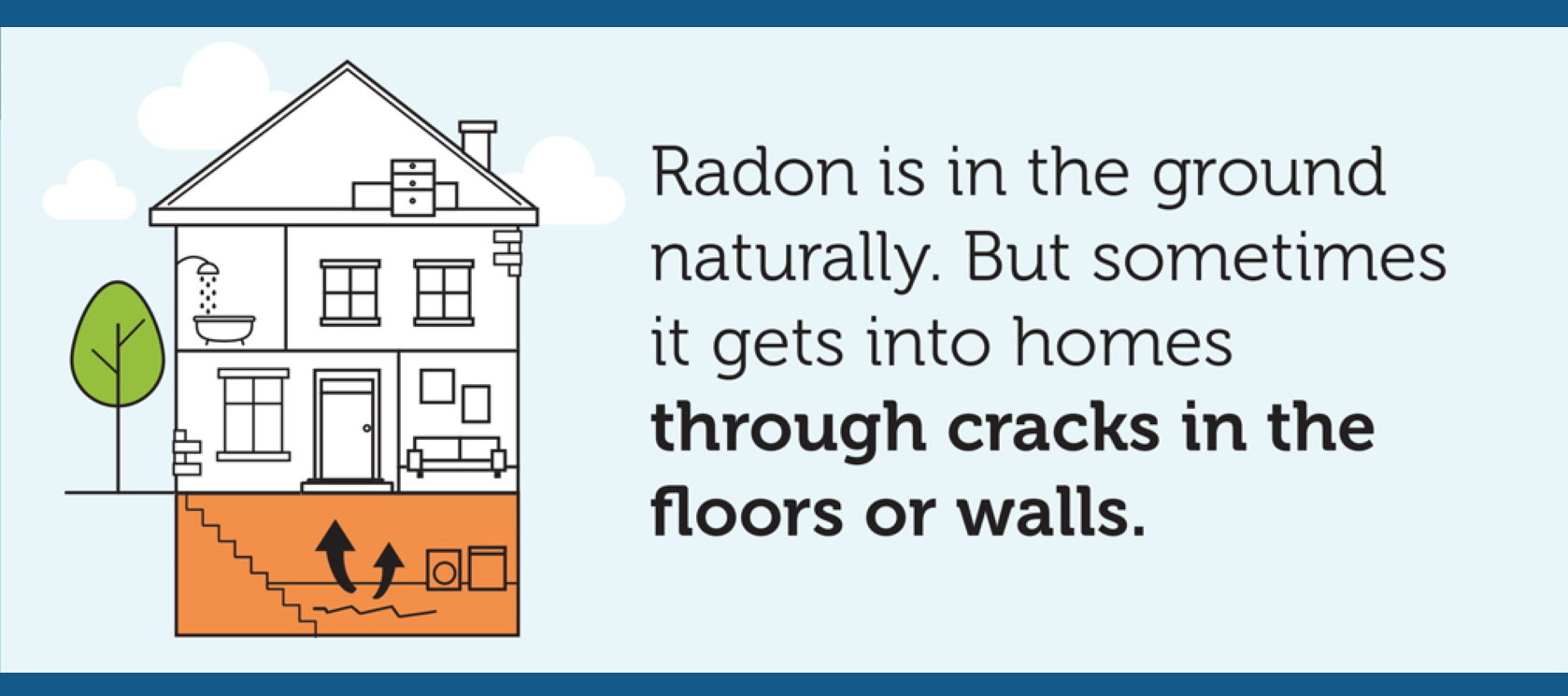Radon Myths & Misunderstandings - Facts About Radon

Some Of A Citizen's Guide To Radon - NJ.gov
When it comes to reducing your cancer danger, one important step might be right under your nose, or your feet. Getting This Author checked for radon can help secure you and your family from a crucial cause of lung cancer. Exposure to radon accounts for about 21,000 deaths from lung cancer each year according to the US Environmental Security Agency (EPA).

And it's the leading cause of lung cancer in non-smokers. What is radon? Radon is a gas that occurs naturally outdoors in harmless amounts. It's produced from the breakdown of uranium in soil and rocks. It in some cases gets focused in homes built on soil with natural uranium deposits. It can get in structures through cracks in floorings or walls, building and construction joints, or gaps in foundations around pipes, wires or pumps.

How to Test for Radon and Get Rid of It - This Old House
When someone inhales radon gas, it goes into their lungs, exposing them to percentages of radiation. This might damage the cells in the lining of the lungs and increase a person's danger of lung cancer. The danger is greater in those who have lived for several years in a radon-contaminated home.
Testing for radon Because radon gas can't be seen or smelled, the only way to know whether you're being exposed to it is to test for it., produced by the EPA, discusses how to check your home for radon quickly and inexpensively, and what to do if your levels are too high.

January is RADON ACTION MONTH
Radon QA - Pillar To Post Can Be Fun For Anyone
Follow the directions for leaving the set in your house for the needed number of days. Then mail it to a lab and await the results. If radon levels in your home are high, you can take steps to lower them. The most typical technique is to have a vent pipeline system and fan installed, which pulls radon from underneath the home and vents it to the exterior.
If you have a private well, you can have it checked for radon. If the levels are high, you can have the supply of water treated so that the radon is gotten rid of prior to it enters your home. If you are concerned about radon and your water originates from a public supply of water, you should call your provider.
